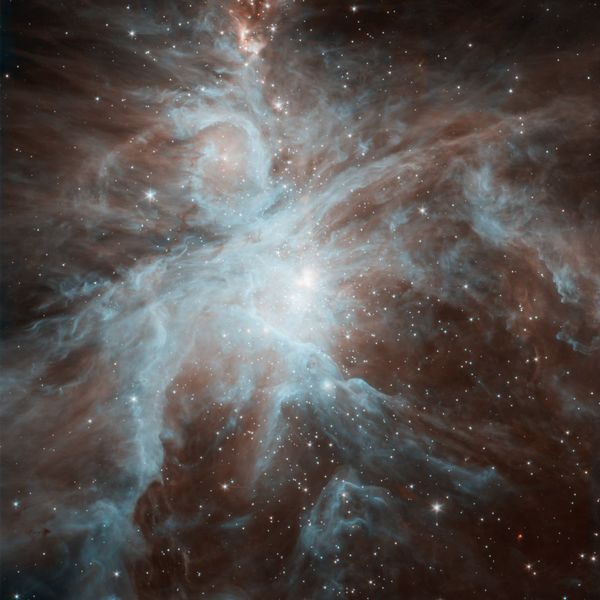Overview: The Young Stellar Object Variability project (YSOVAR) is led by IPAC scientist John Stauffer as one of Spitzer Exploration Science programs conducted during the warm mission with the InfraRed Array Camera (IRAC). Spitzer/IRAC has carried out an extensive, accurate time series photometric monitoring survey of star-forming regions in the thermal infrared allowing measurement of the relative fluxes of YSO's down to the substellar mass limit to 1-2% accuracy in star-forming regions out to >500 pc. YSOVAR provides a time series monitoring exploration science survey of the Orion Nebula Cluster and 11 very young, populous embedded star-forming cores. These are complemented by contemporaneous optical and near-IR monitoring data in order to allow comparison of the phase, amplitude and light-curve shape as a function of wavelength. These data can be used to: (1) provide otherwise unobtainable constraints on the structure of the inner disks in Class I and II YSOs - and hence, perhaps, provide clues to the formation and migration of planets at young ages; (2) measure the short and long-term stability of hot spots on the surfaces of YSO's of all evolutionary stages; (3) determine rotational periods for the largest sample to date of Class I YSO's and hence obtain the best measure of the initial angular momentum distribution of young stars.
The Young Stellar Object Variability project (YSOVAR) is led by IPAC scientist John Stauffer as one of Spitzer Exploration Science programs conducted during the warm mission with the InfraRed Array Camera (IRAC).
Spitzer/IRAC has carried out an extensive, accurate time series photometric monitoring survey of star-forming regions in the thermal infrared allowing measurement of the relative fluxes of YSO's down to the substellar mass limit to 1-2% accuracy in star-forming regions out to >500 pc.
YSOVAR provides a time series monitoring exploration science survey of the Orion Nebula Cluster and 11 very young, populous embedded star-forming cores. These are complemented by contemporaneous optical and near-IR monitoring data in order to allow comparison of the phase, amplitude and light-curve shape as a function of wavelength. These data can be used to:
-
provide otherwise unobtainable constraints on the structure of the inner disks in Class I and II YSOs - and hence, perhaps, provide clues to the formation and migration of planets at young ages
-
measure the short and long-term stability of hot spots on the surfaces of YSO's of all evolutionary stages
- determine rotational periods for the largest sample to date of Class I YSO's and hence obtain the best measure of the initial angular momentum distribution of young stars




